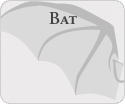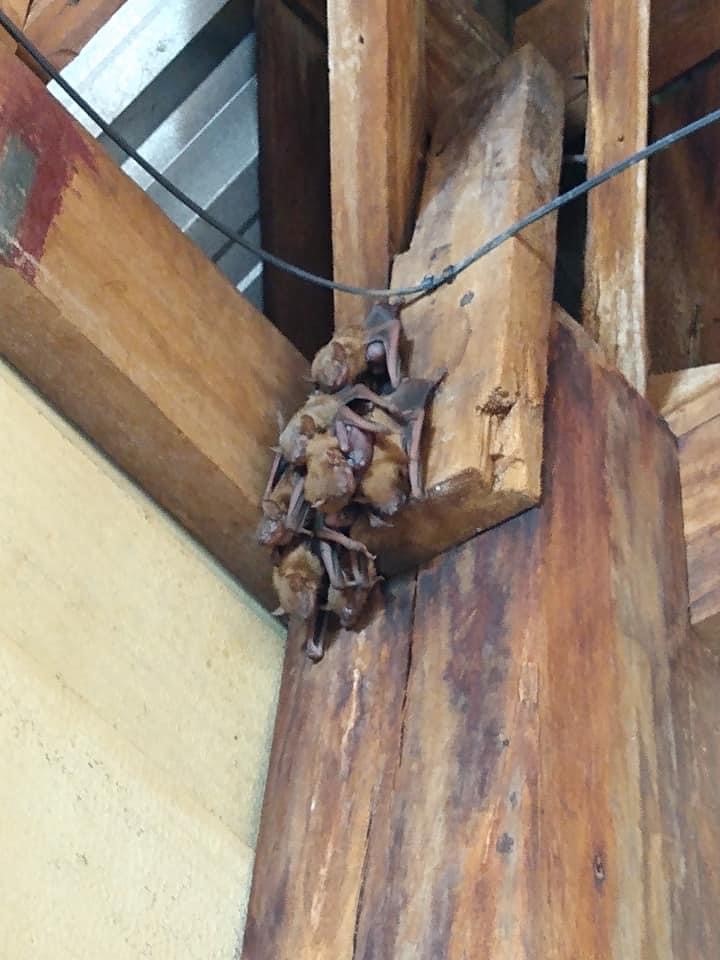

Small, nocturnal mammals, bats use echolocation to find their food. They like to roost in groups, and their ability to fly allows them to gather in attics, chimneys, barns, and sheds. Since these spaces offer protection from the elements and access to insects, infestations are common.
Bat Noises
Bats make sounds that are two or three times higher than humans can hear. When the flying mammals use echolocation, humans are only sometimes able to make out very quiet clicks. Slowed down, the clicks are actually chirps with a distinct tonal progression.
Not a bat in the attic? Listen to animal in attic sound guide
Bat Sounds at Night
Residents most often hear bat sounds at night or in the early morning when the pests are either leaving or returning from their search for food. The noises people are able to hear result from bats’ movements. As flying mammals, bats make fluttering noises with their wings. They also use their wings as hands to climb and crawl, so homeowners may hear scratching on walls.
Bat Control & Removal
Infestations of bats are problematic because the pests spread diseases and damage property. For example, they knock things down while flying and defecate all over homes. The pests may carry rabies, and their droppings facilitate the growth of histoplasmosis. Hearing bat noises in the house should prompt homeowners to contact wildlife control as soon as possible. The trained professionals at Critter Control can remove bats efficiently and safely.
Get them out.
Keep them out.®
Experiencing a wildlife or pest issue? We can help! Complete this form and your local Critter Control® office will contact you to assist.
- Baby Bats
- Bat Bites
- Bat Facts & Myths
- Bat Guano – Identification & Removal
- Bat Maternity Season
- Bats & Rabies
- Watch How Bat Removal Works
- What to Do if Bats in Homes
- Bats in Chimneys
- Bats in Roofs
- Rodents in the Attic
- Bats in Trees
- Bats in Walls
- Dead Bats
- Bat Diet & Feeding Schedule
- Do Bat Deterrents Work?
- How to Get Rid of Bats in Attic
- Is bat exterminating legal?
- Do Bats Hibernate?
- Types of Bats
- What Does a Bat Look Like?
- Bat Habitats and Infestations
- Bat Blindness & Echolocation